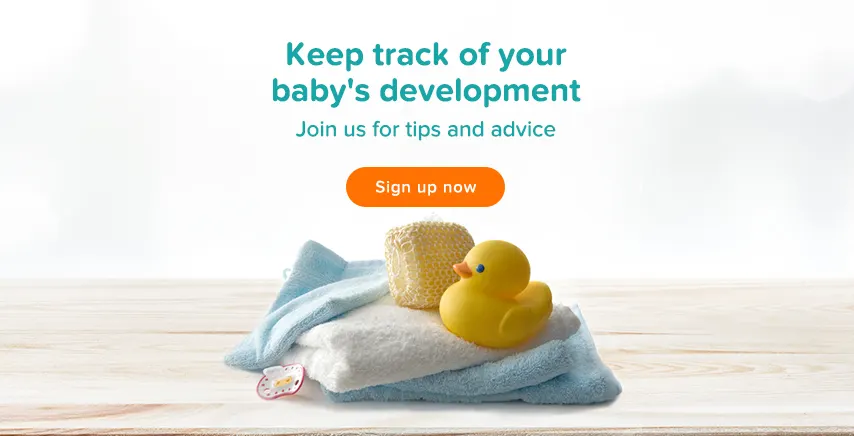Formula-feeding guidelines
To read about Breastfeeding Basics, click here
To read about Feeding your Baby their First Solid Foods, click here
Not everyone chooses to breastfeeding, in which case formula milk can provide a nutritious alternative. What’s involved? You will need several feeding bottles, formulae powder and a sterilizing system. Its really important to make sure all equipment is completely clean to avoid bacteria developing. Wash all the equipment in warm soapy water using a specially designed bottle brush to clean teats and the bottles. Then sterilize the equipment to kill off any left behind bacteria. Remember to thoroughly clean the work surface too.
Making the formula
Prepare the formula according to the manufacturer’s instructions, using the scoop provided to ensure measurements are accurate. Use boiled tap water that has been boiled within the last 30 minutes; the water needs to be no less than 70 ºC
Feeding your baby
Before giving a bottle, check the temperature by squeezing a couple of drops on your inner wrist, it should feel warm but not hot. Follow your baby’s lead, remember, each baby is unique and will vary their intake from feeding to feeding, and day to day. Don’t encourage your abby to finish a bottle if they seem to have lost interest. Always through away any milk left over rather than saving for later. Here's a rough idea of how much formula your baby needs, and how often she needs to be fed:
| Age: | Amount per feeding: | Feeding Frequency: |
|---|---|---|
| Newborn | 60 to 90 ml (2 to 3 ounces) | Every 3 to 4 hours |
| One month | 120 ml (4 ounces) | Every 4 hours |
| Two months | 120 ml (4 ounces) | 6 to 7 feedings/24 hours |
| Four months | 120 to 180 ml (4 to 6 ounces) | 6 feedings/24 hours |
| Six months | 180 to 240 ml (6 to 8 ounces) | 5 feedings/24 hours |
| One year | 240 ml (8 ounces) | 2 to 3 feedings/24 hours supplemented with baby food |
Follow your baby's lead
Remember, each baby is unique and will vary her intake from feeding to feeding, and day to day.

